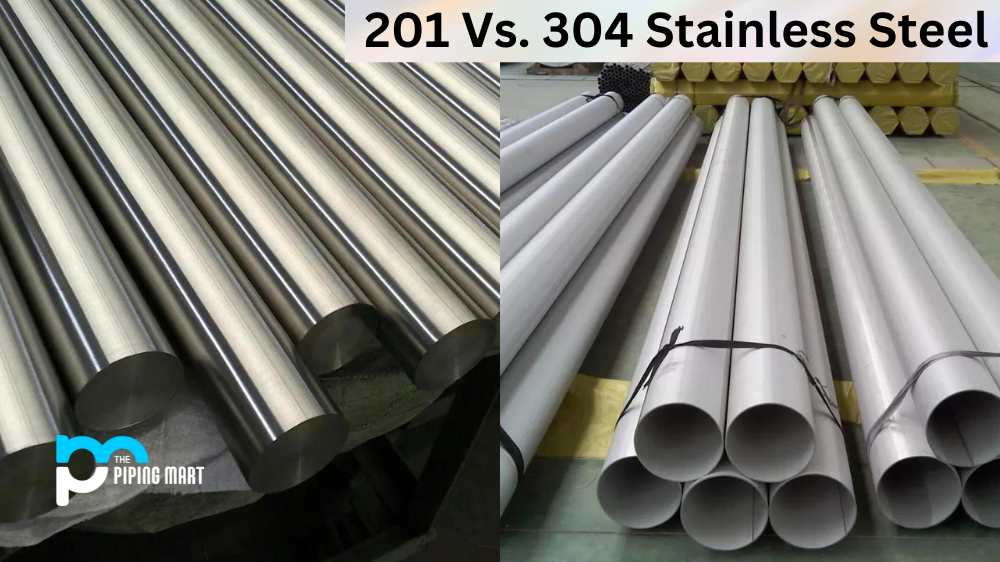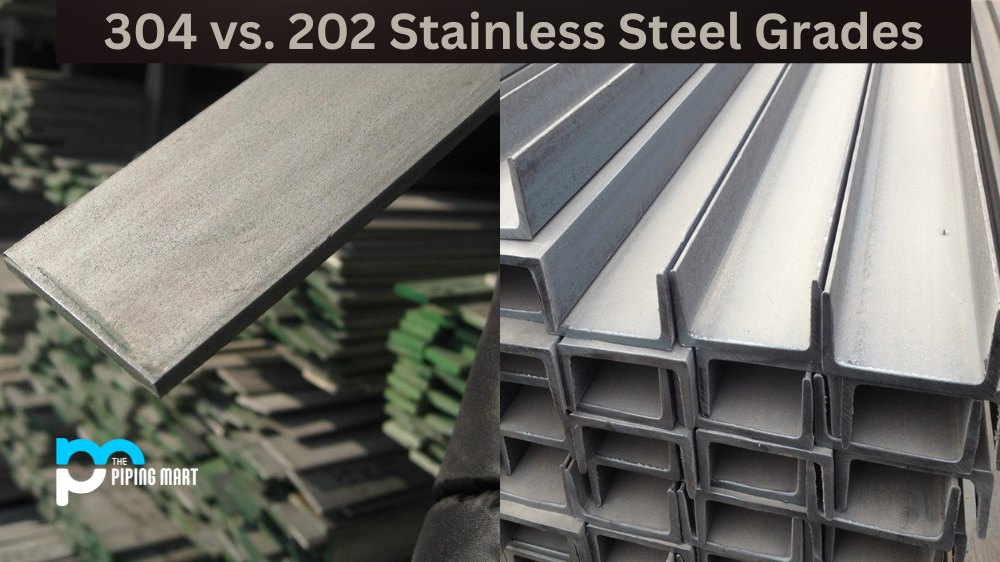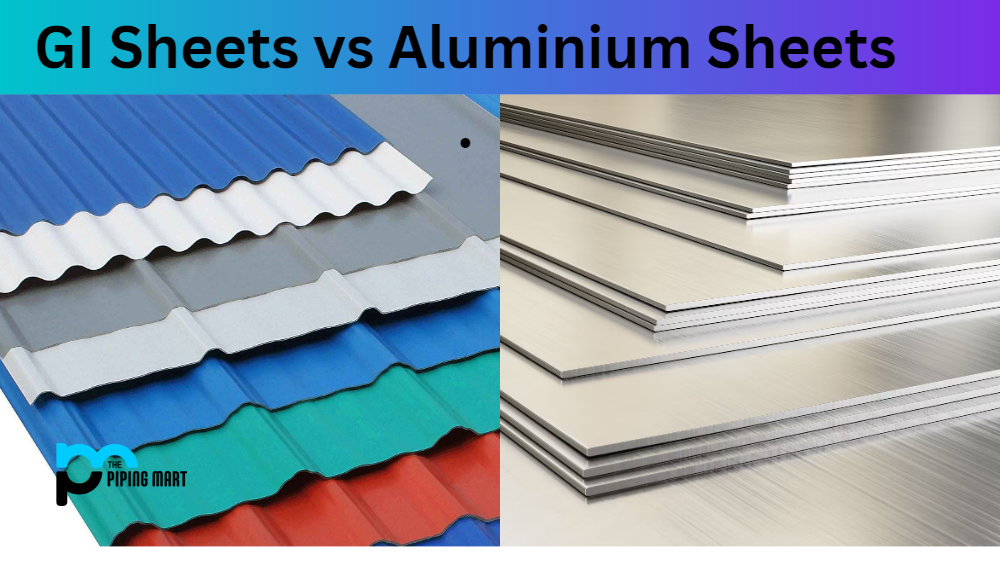When it comes to selecting the right stainless steel for your project, it is essential to understand the differences between the two most popular types available on the market. This article will provide an overview of what makes 201 and 304 stainless steel unique and how their properties can benefit certain projects. Let’s dive into the details!
Composition of 201 Stainless Steel
201 stainless steel includes a combination of Cr-Ni-Mn alloys that are specifically designed to be strong and durable while also being cost-effective. It is engineered with a higher manganese content than other comparable grades in order to enhance its strength and durability. With 17% chromium, 4% nickel, 7% manganese, and 0.15% nitrogen as its primary elements, this type of stainless steel can withstand corrosion better than standard materials. Additionally, because of its low carbon content (0.15%), it is not susceptible to carbide precipitation during welding or heat treatments like other steels might be.
Composition of 304 Stainless Steel
304 stainless steel is one of the most popular types on the market due to its high corrosion resistance and strength at a relatively low cost. It is composed primarily of 18% chromium and 8% nickel, along with small amounts of molybdenum, titanium, nitrogen, silicon, copper, selenium and carbon, which give it its characteristically strong constitution. This type of stainless steel has excellent heat resistivity up to 1500°F (816°C), making it ideal for applications that require extensive heating or cooling cycles, such as cookware or industrial kitchen equipment. Furthermore, due to its higher nickel content (8%) compared to 201-grade stainless steel (4%), it has superior resistance against pitting corrosion caused by chlorides which makes it a very practical choice for food processing industries or marine applications where saltwater exposure might be an issue.
Difference Between 201 and 304 Stainless Steel
Composition
The two main types of stainless steel are 201 and 304. Stainless steel is a metal that is made up of iron, chromium, nickel, and other metals. The main difference between 201 and 304 stainless steel is the composition.
Cost
201 stainless steel is typically more affordable than 304 stainless steel. However, it is important to note that both types of stainless steel are more expensive than other types of steel, such as carbon steel.
Uses
201 stainless steel is often used in food service applications, such as restaurant equipment, kitchen utensils, and storage containers. It is also used in some medical applications, such as surgical instruments and hospital beds. 304 stainless steel is more commonly used in industrial applications, such as chemical storage tanks and food processing equipment.
Durability
Both 201 and 304 stainless steel are durable materials. However, 304 stainless steel is more corrosion-resistant than 201 stainless steel. This means that it can better withstand exposure to salt water, acids, and other chemicals.
Maintenance
Both types of stainless steel require minimal maintenance. However, 304 stainless steel may require slightly more care than 201 stainless steel due to its higher level of corrosion resistance.
Conclusion:
Both 201 and 304 stainless steel have their own set of advantages that make them suitable for various projects depending on your needs. If you need something that is more resistant against extreme temperatures, then 304 grade should be your go-to option, but if you are looking for something more economical, then 201 grade may be a better choice for you as it does not contain as much nickel in its composition which means lower cost over time due to less expensive raw materials used in the production process. Ultimately it comes down to what works best for your project, so research both options carefully before coming to a final decision!

Meet Bhavesh, a seasoned blogger with a wealth of knowledge and experience. From metal products manufacturing to retail, Bhavesh has a diverse background in various industries and is dedicated to sharing his insights and expertise with readers.




